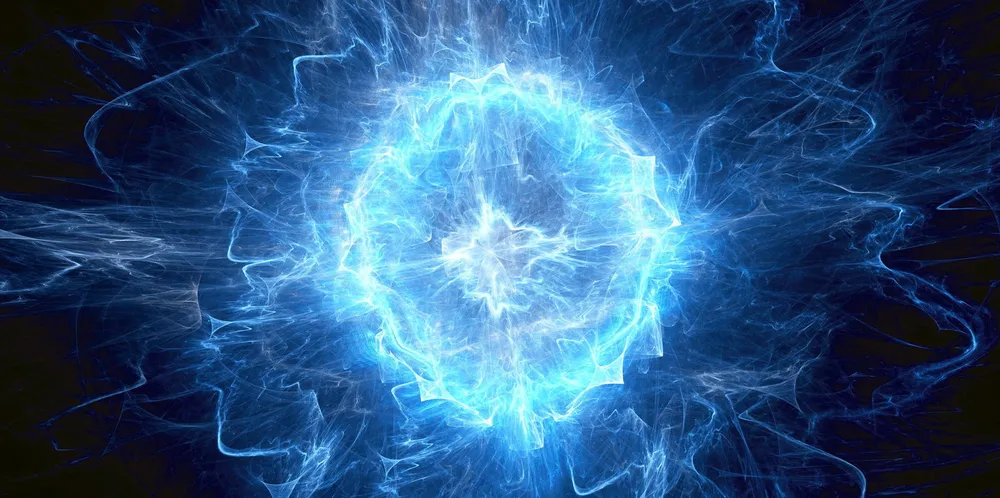‘Our plasma electrolysers will cut the cost of green hydrogen by a factor of three’
Start-up Hydrogen Systems Australia says its new technology 'could change the way the world creates H2'

Start-up Hydrogen Systems Australia says its new technology 'could change the way the world creates H2'
